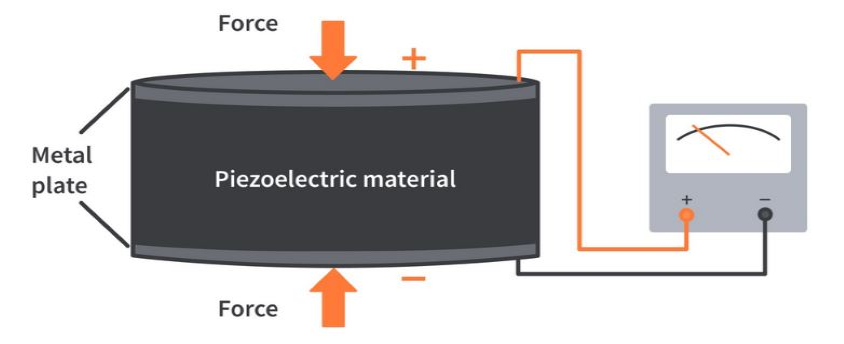The piezoelectric effect in liquids
01, Apr 2023

Prelims level : Science & Technology
Mains level : GS-III Science & Technology Awareness in the fields of it, Space, Computers, Robotics, Nano-Technology, Bio-Technology, Pharma Sector & Health Science
Why in News?
- Researchers have reported evidence of the piezoelectric effect in liquids for the first time.
Piezoelectric effect
- The piezoelectric effect refers to an instance when a body develops an electric current when it is subjected to mechanical stress.
- When piezoelectric material is placed under mechanical stress, a shifting of the positive and negative charge centres in the material takes place, which then results in an external electrical field.
- Example: Quartz is one of the most famous piezoelectric crystal substances or materials.
- Quartz is a material that is extensively used in analogue wristwatches and clocks.
- Quartz is silicon dioxide (SiO2) i.e. it consists of silicon and oxygen atoms at the four vertices of three-sided pyramids which repeat themselves to form the crystal.
- The effective charge of each pyramid is located slightly away from the centre and when mechanical stress is applied the position of the charge is pushed further from the centre, giving rise to a small voltage which is the source of the effect.
Piezoelectric effect in liquid:
- The piezoelectric effect was so far expected only in solids as the body/object which is being squeezed must have an organised structure such as the pyramids of quartz.
- However, liquids don’t have a definite structure and they only take up the shape of the container.
- Physicists have explained the effect using Hooke’s law.
- According to Hooke’s law, the force required to squeeze an object is linearly proportional to the amount of squeezing and the properties of dielectric materials. These are materials that don’t conduct electricity but whose electrons are still mildly affected by an electric field.
- The piezoelectric effect was observed in ionic liquids and the liquids also displayed the inverse piezoelectric effect i.e. they became distorted when an electric charge was applied.
- This observation of the piezoelectric effect in liquid has opened the door for a wide range of applications as solid-state material and room-temperature ionic liquids are more readily recyclable and are associated with fewer environmental risks than most of the currently used piezoelectric substances.






